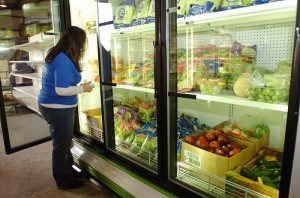
Streeter Lecka / Getty Images
People are more charitable toward young black children than older black children, according to a new study published in the journal of Social Psychological and Personality Science. Researchers examined data from a large, online charity that solicits donations for school projects. Proposals that included photos of older black children — sixth through 12th graders — didn’t get as many donations than proposals with photos of younger black children. For white children, an opposite pattern exists.
“What we show is as you grow toward adulthood, you come to represent your group in a much stronger fashion. People perceive you more in line with your group stereotypes.” says Deborah Small, one of the study’s authors. “Young children, we don’t penalize them by their [group's] stereotypes. Their ‘groupness’ is not fully formed yet.”
For African Americans, that means teenagers are more likely to be associated with stereotypes of being lazy, thus less deserving of sympathy and charity than young black children or white children, the study’s authors note.











